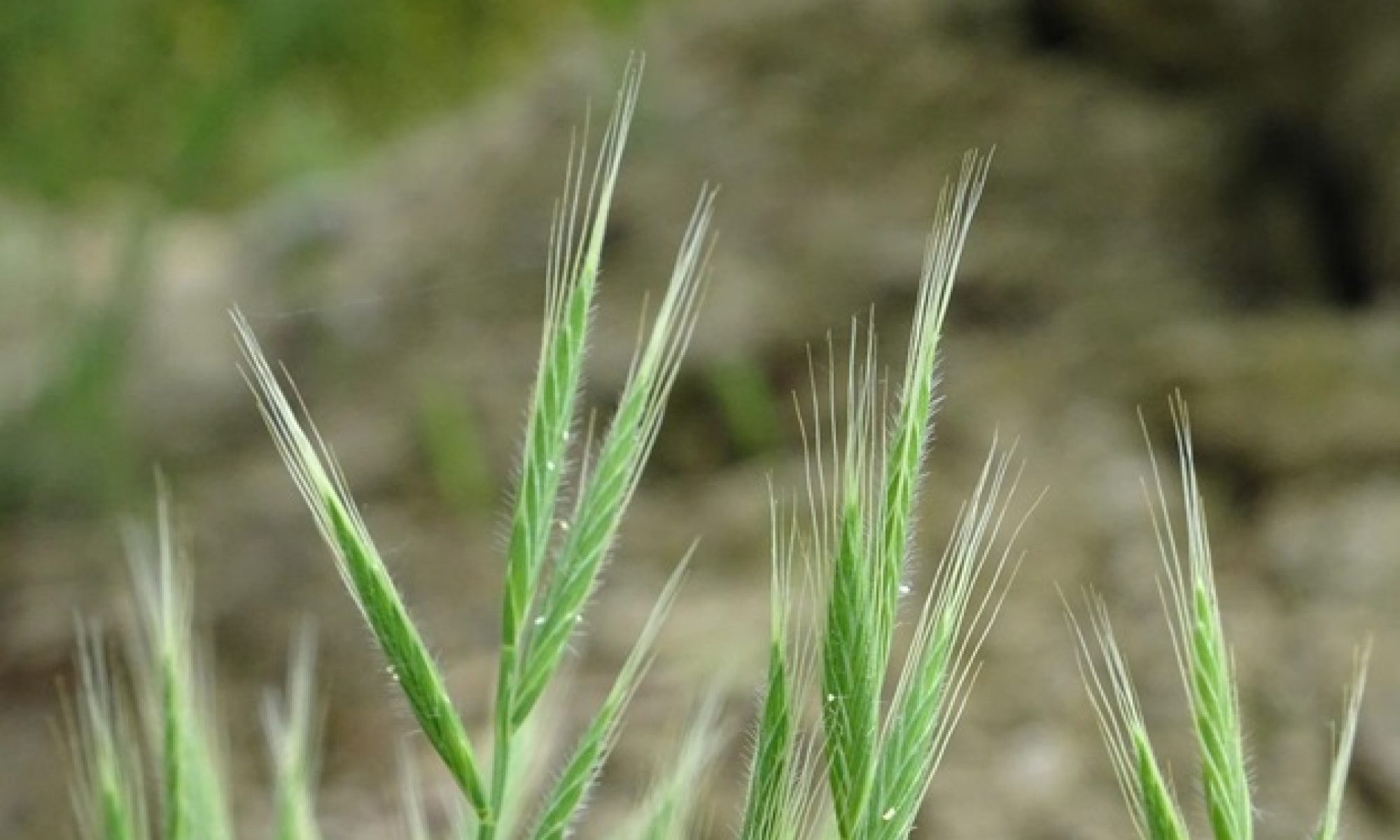Helmholtz Research Center for environmental health
From genome to genomes. Charting the genome landscape(s) of western civilisation
Cereals are the most important crops worldwide. Until recently access to the di-/tetra- and hexaploid cereal genomes was hampered by the enormous size, high repeat content and polyploidy. 17 years after the completion of the human genome these limitations have been circumvented by making use of different complementary approaches. After a decade of technology development and implementation and the decoding of large – in part – polyploid cereal genomes now allow to address genome questions, biological questions and to start to address systems biology and comparative genomic questions. Using the emerging genome sequences as an information backbone, in depth transcriptional profiling of the developing grain in context of a hexaploid genome is undertaken and used to gain insights into the transcriptional coordination among three homeologous subgenomes. Deep profiling of the global transcriptome of single endosperm cell types (starchy endosperm, aleurone and transfer cells, respectively) was performed to test for the effects of polyploidy on gene expression of homeologous, duplicated genes in bread wheat. Expressed genes were subject to network-based co-expression analysis revealing significant cell-type and time point specific gene expression. The presentation will aim to review important steps in the unlocking of large and complex cereal genomes, highlight progress in cereal genome sequencing and a systems biology use case in the multidimensional transcriptional analysis of the developing grain. Also a “sneak preview” of forthcoming data and the analytical challenges and future in cereal genomics will be addressed.

